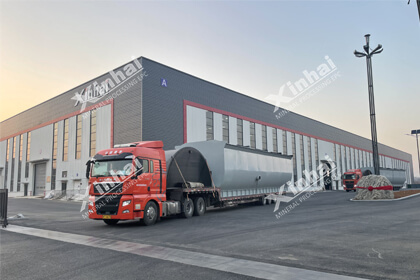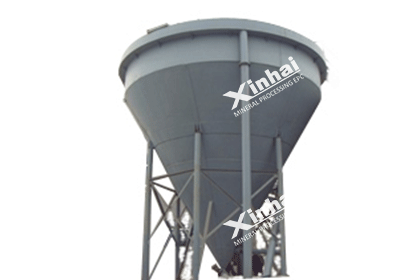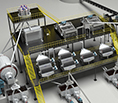What are the Steps of Iron Ore Processing?
 Sheena
Sheena
 Aug 06, 2025
Aug 06, 2025
 948
948
If you want to know more details about equipment, solutions, etc, please click the button below for free consultation, or leave your requirements!
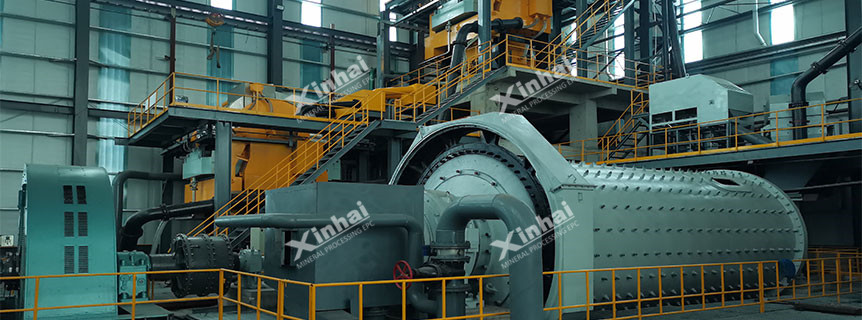
15,000tpd iron ore processing plant in Uganda
This article explores the key steps in iron ore processing, from the extraction of raw material to the final production of iron concentrates.
Understanding the full processing flow is essential for mining companies, equipment suppliers, and investors alike. Whether you're setting up a new iron ore processing plant or optimizing existing operations, mastering each step is vital for improved recovery rates, lower costs, and higher product quality.
01Iron Ore Mining: The First Step
BackThe iron ore processing journey begins at the mine site. Iron ore is typically extracted from surface (open-pit) or underground mines depending on the ore body geometry and depth.
Mining Techniques
a. Open-pit mining is most common for large, near-surface deposits.
b. Underground mining is used when the ore body is deep and not economically accessible from the surface.
Heavy machinery like draglines, shovels, and trucks is used to extract and transport the ore. Once mined, the ore is stockpiled and prepared for initial processing.
02Crushing and Screening
BackAfter mining, iron ore needs to be reduced in size for easier handling and better liberation of iron minerals during subsequent processing steps.
2.1 Crushing
a. Primary crushers (jaw or gyratory) reduce large rocks to smaller chunks.
b. Secondary crushers (cone or impact) further reduce the ore size.
2.2 Screening
a. Vibrating screens separate crushed ore based on size.
b. Oversized materials are returned to crushers, while undersized ore moves forward.
This step ensures consistent feed material for the next stage and removes gangue or waste materials early in the process.
03Grinding: Liberating Iron Minerals
BackGrinding is a key step in iron ore beneficiation, aiming to reduce particle size further and liberate iron-bearing minerals from waste rock.
Grinding Equipment
a. Ball mills and rod mills are commonly used.
b. Fine grinding may require high-pressure grinding rolls (HPGR) or vertical roller mills.
The result is a slurry or fine powder where valuable iron minerals are more easily separated in the following stages.
04Beneficiation: Enhancing Iron Content
BackThe goal of iron ore beneficiation is to increase the iron content of the ore by removing impurities such as silica, alumina, phosphorus, and sulfur.
4.1 Common Beneficiation Techniques:
4.1.1 Magnetic Separation
Effective for magnetite and other magnetic ores.
Uses magnetic drums to attract iron minerals and separate them from non-magnetic waste.
4.1.2 Gravity Separation
Exploits density differences between iron ore and gangue.
Spiral concentrators and jigs are used for this purpose.
4.1.3 Flotation
Applicable when the ore contains fine iron particles or non-magnetic iron minerals like hematite.
Reagents are added to create froth where iron minerals are selectively floated and recovered.
4.1.4 Dewatering
After separation, the concentrate is thickened and filtered to remove excess water.
The resulting material is now suitable for pelletizing or sintering.
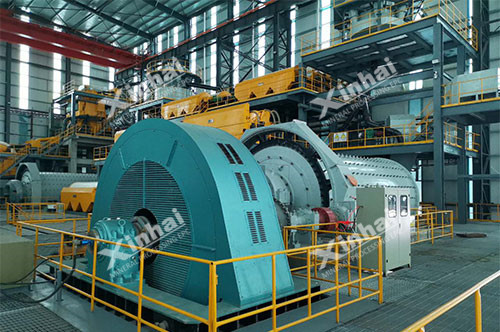
05Transportation and Storage
BackProcessed iron ore products are transported to steel mills via rail, ship, or conveyor systems. At the steel plant, they are stored in silos or stockpiles before smelting.
For long-distance transport, moisture levels are closely monitored to avoid spontaneous combustion or degradation.
06Environmental Management in Iron Ore Processing
BackModern iron ore processing plants are designed with sustainability and environmental protection in mind.
Key Environmental Measures:
a. Dust suppression systems at crushing and screening stations.
b. Tailings management for safe disposal of waste materials.
c. Water recycling and recovery systems.
d. Energy-efficient equipment to reduce carbon footprint.
Proper environmental planning also ensures compliance with local regulations and improves community relations.
07Automation and Digitalization in Iron Ore Processing
BackWith the advent of Industry 4.0, many iron ore processing plants are integrating automation and digital technologies to improve efficiency.
Real-time ore monitoring using X-ray or laser-based sensors.
Automated control systems for grinding and flotation circuits.
AI-based predictive maintenance for crushers and mills.
Digital twins to simulate plant performance and optimize throughput.
These innovations help reduce downtime, optimize recovery, and cut operational costs.
08Conclusion
BackThe iron ore processing value chain involves several interlinked steps — from mining, crushing, grinding, and beneficiation to pelletizing or sintering. Each phase plays a critical role in ensuring the final product meets the physical and chemical requirements for steel production.
09Frequently Asked Questions (FAQs)
BackQ1: What is the difference between magnetite and hematite?
Magnetite is a magnetic iron ore with higher iron content (~72% Fe), often processed using magnetic separation. Hematite is non-magnetic and typically requires flotation or gravity separation.
Q2: Why is beneficiation necessary?
Raw iron ore contains impurities that reduce iron grade and efficiency in steelmaking. Beneficiation increases Fe content and removes unwanted minerals.
Q3: What is the ideal iron grade for pellets?
Premium iron ore pellets usually contain more than 64% Fe and minimal contaminants such as silica (<5%) and alumina (<2%)
 +86 183 3575 8886
+86 183 3575 8886 pinklaurabao@gmail.com
pinklaurabao@gmail.com



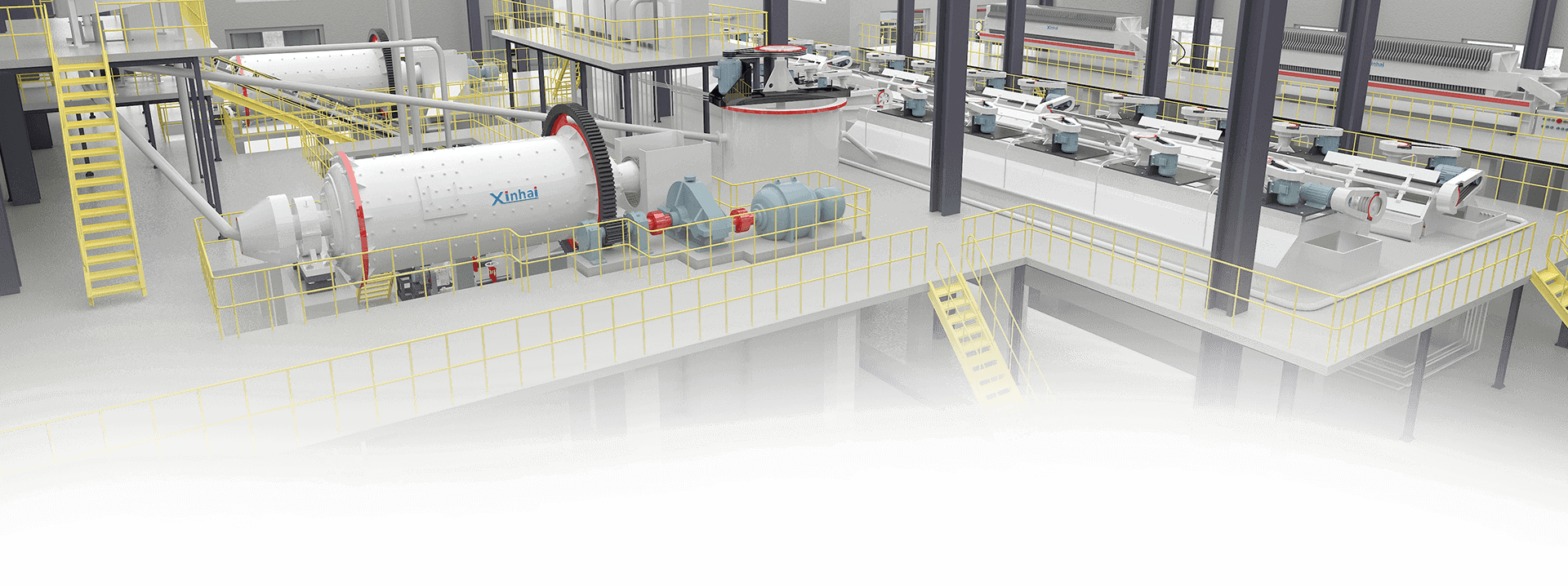
 Message
Message Chat Now
Chat Now


